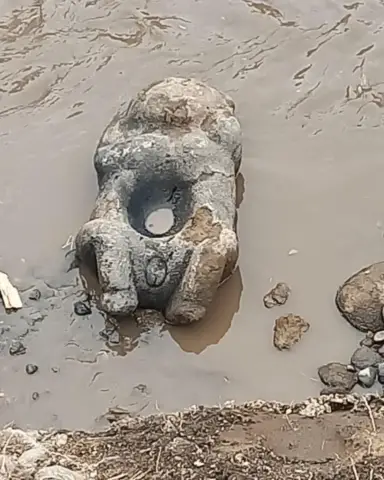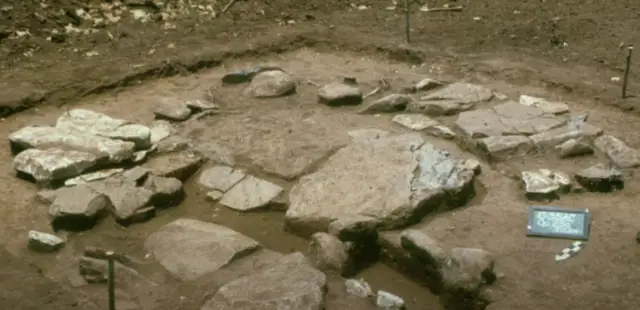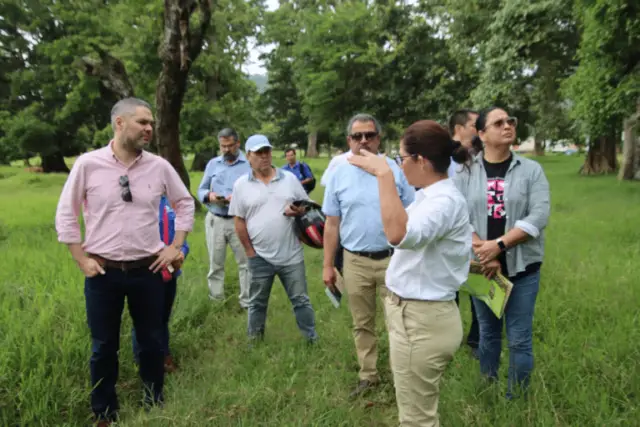The Agua Caliente site, which houses an extensive historical legacy from pre-Columbian times, will become a more comprehensive archaeological site that allows people to get closer to learning about the roots of what is now Cartago.The initiative is being worked on between the Municipality of Cartago and the Ministry of Culture.
“The project will allow us to have the archaeological center of the country, similar to Guayabo,” says the local mayor, Mario Redondo.The plan combines work not only to rescue archaeological products of high historical value but also to use them to generate jobs.“Agua Caliente is the most populated district in the entire province. Hence, this is going to help us reactivate the economy in this sector,” added Redondo.

The management of the initiative has also involved approaches with the Culture portfolio. In these, they analyze options to “enhance the cultural and heritage value of this space,” said the Ministry.
What does the Agua Caliente site imply?
In the production “Agua Caliente Archaeological Monument” the National Museum details in depth the niche that the Guarco Valley represents.The region, they detail, included large and medium-sized villages, which combined the exploitation of forests and mountains with crops, especially corn.
Agua Caliente was the largest of those towns. According to GrettelMongel from the Department of Anthropology and History, the location coincides with what are now the Cocorí, San Francisco and Hacienda de Oro Urbanizations.
Investigations have confirmed that the site combined both urban areas and cementeries. The latter have allowed us to know more details about the original population.

“Many bones show signs of infection and inflammation. Tartar and cavities were very common; due to feeding patterns based on corn, tubers and fruits such as sapote and nance,” says the expert. Evidence of white-tailed deer, sahíno and mountain pig has been found on the meat.
Luis Sánchez, also an expert at the Museum, explained in the audiovisual that Agua Caliente has its historical importance not only because of the pre-Columbian period. At the end of the 19th century, he explains, these lands were used as a farm and a spa was even built to take advantage of the thermal potential.
“Without a doubt, the Agua Caliente Archaeological Monument represents a national reference site, both for the large collection of objects and bone remains it has and for intact sectors of what was the pre-Columbian settlement,” he explains.Although not the entire area is exposed, the stone vestige allows us to gauge the magnitude that Agua Caliente had as an indigenous settlement (Screenshot).
The treasure that the rain brought out
Last June, emergencies caused by rain ended in an archaeological discovery.The episode occurred when the Municipality was carrying out tasks in Quebrada El Molino, due to the risk of overflow and damage to homes.“The driver and other municipal workers detected a stone sculpture near a slope of the El Molino stream.
“Thanks to the fact that there was a group of neighbors nearby – some of them closely linked to the care and protection of the Agua Caliente Archaeological Monument, located in the same place where the machinery was located -, there was immediate communication,” the director then explained. from the National Museum, Ifigenia Quintanilla.

“From photography it was determined that it was a pre-Columbian sculpture and, therefore, it had to be recovered and its care ensured,” he added.The recommendation was to collect the piece and keep it so that no one would take it personally. This is how the piece was passed to the municipal campus.
Subsequently, the figure went to the National Museum to give it the corresponding cleaning and cataloging treatment.“The discovery of this sculpture is very relevant, since it corresponds to a female figure, which has a slit in its belly and which in turn shows very marked elements to identify it as a woman.“In different parts of the Caribbean region, and in the same archaeological site of Agua Caliente, similar sculptures have been found,” Quintanilla described.

